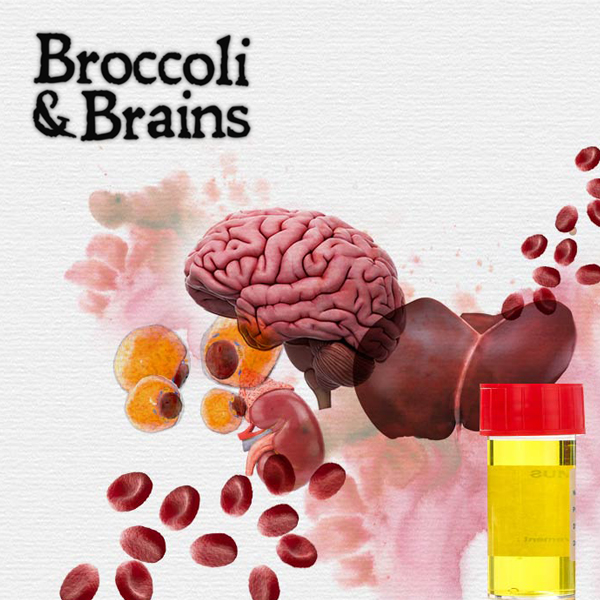Restricting carbs to switch the body into ketosis – its fat-burning mode – has an impressive scientific pedigree for fast, healthy weight loss. So why are keto diets so often misunderstood and even seen as dangerous? We explore the facts.
On a ketogenic diet, carbohydrate intake is restricted, causing the body to switch from using carbs as its main source of energy into a mostly fat-burning state called ketosis. Variations on the diet can be used to treat epilepsy, improve athletic performance, aid weight loss, yet they are often misunderstood and discounted by medics, politicians and dieters alike.
Understanding ketogenic very-low-calorie diets
A VLCD swaps ordinary food for nutritionally complete formula food, which provides 450-800kcal a day and all the nutrition needed for health, including vitamins, minerals, protein, fibre and essential fatty acids.
The body can get its energy from three places: newly digested food, glycogen and fat. Think of this as fresh food, food in the fridge and food in the freezer respectively. Your body will choose fresh food first, followed by food in the fridge (glycogen) and then food in the freezer (fat). In the first few days of a VLCD, the body uses up its fresh stores, followed by the glycogen – carbohydrate formed from sugar stored in your liver and muscles. It then turns to your fat stores. Fat is full of calories – 3,500 in every pound.
Stored fat can be used as energy for most body tissues, but not the brain. Instead, the liver converts some of the fat into water-soluble molecules called ketones, which are then used by the brain. This is ketosis.
Why the bad reputation?
Scepticism about ketogenic VLCDs can be traced back to confusion between ketosis and ketoacidosis – similarly-named, but totally different. Ketone bodies were first discovered in the urine of comatose, diabetic patients in the mid-1800s. It was only in the mid 20th century that researchers realised that ketone bodies are always present in the human body. What those diabetic patients were experiencing was the abnormal and life-threatening condition of hyperglycaemic ketoacidosis that occurs in the absence of insulin.
In ketosis, negative feedback loops involving insulin and ketones ensure that ketone levels stay within healthy limits. In uncontrolled type 1 diabetes patients, the lack of insulin available results in a glucose build-up in the bloodstream, while cells are starved of energy because they can’t get at it. To compensate, the body breaks down fat and lean tissue to create ketone bodies and glucose, but with no insulin to counter this process, it creates increasingly high levels of blood glucose and ketones, resulting in the dangerous state of ketoacidosis.
By contrast, ketosis is a physiologically normal, efficient response to a carbohydrate-restricted diet and species that can switch their metabolisms in this way have a distinct advantage – helping them to adapt and survive through periods of famine.


